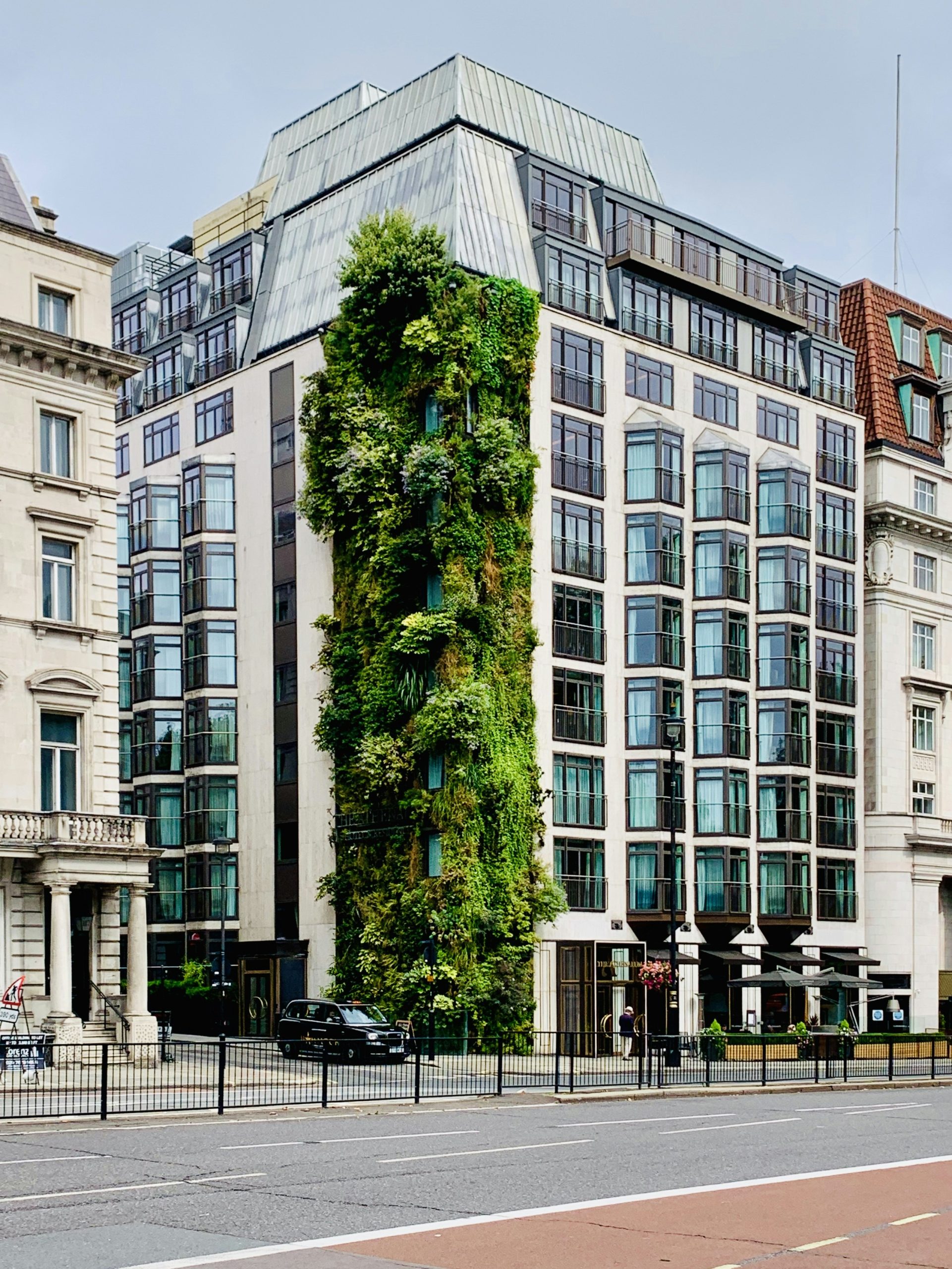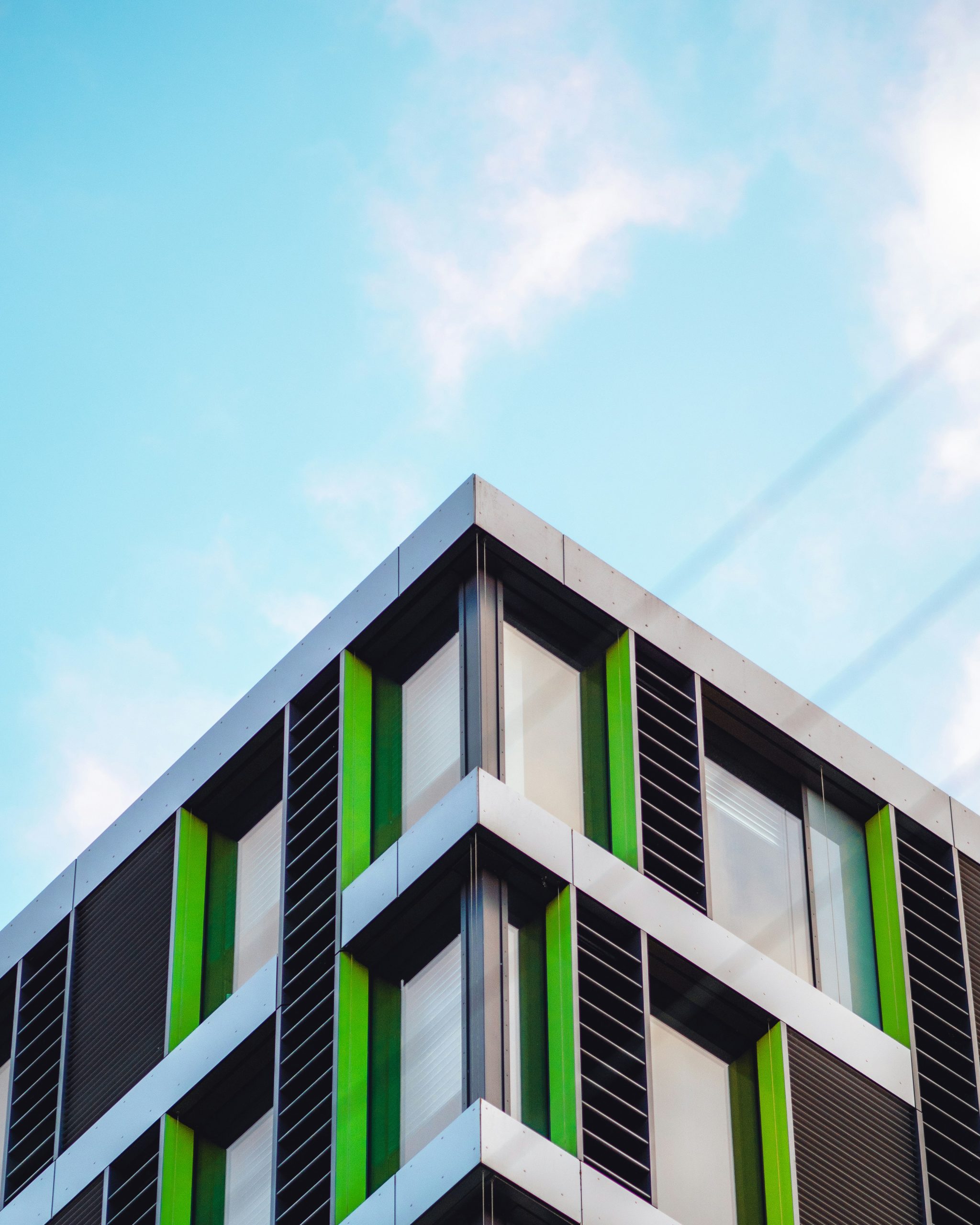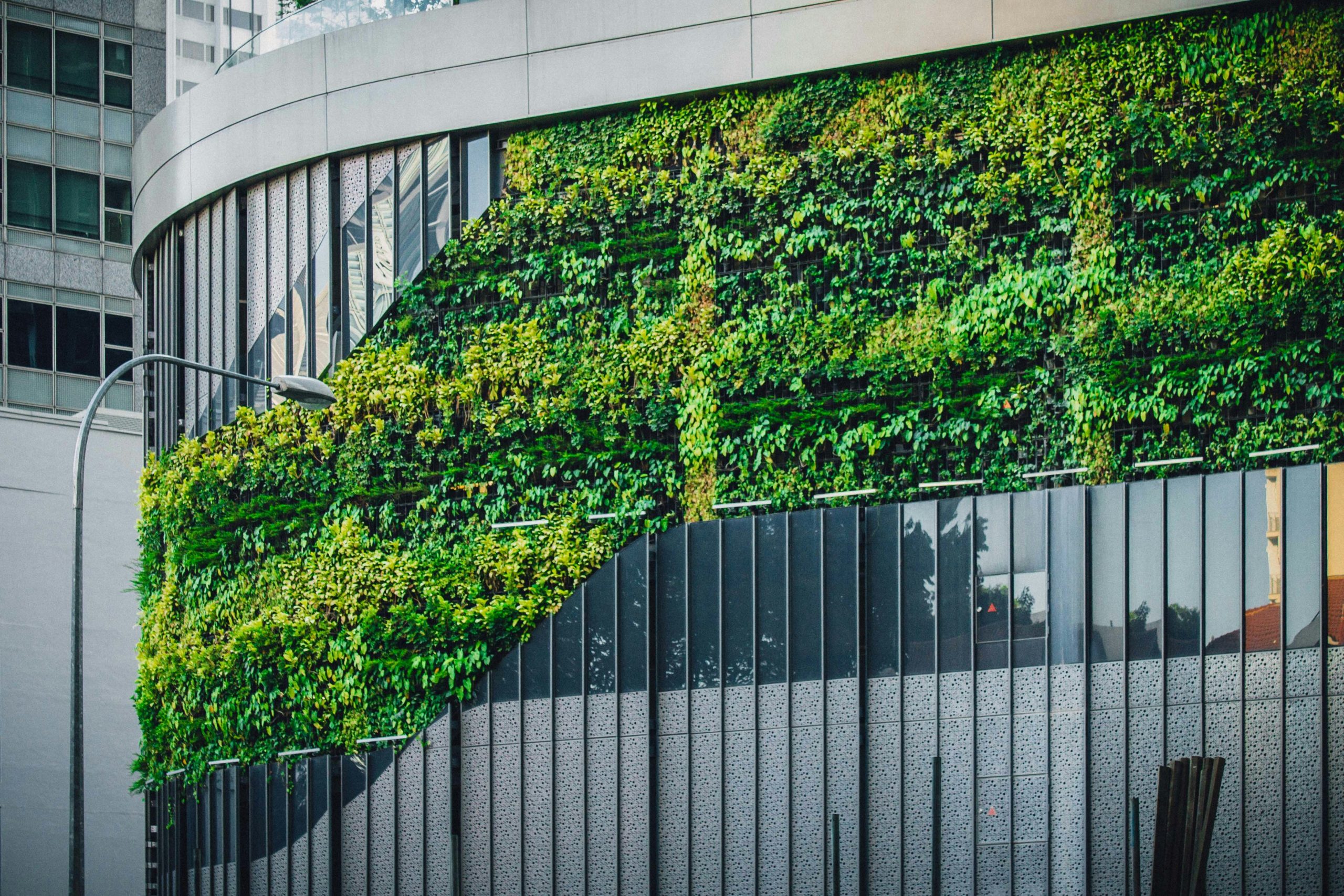Welcome to our exploration of how building codes play a crucial role in promoting sustainable architecture. In our article, “How Do Building Codes Support Sustainable Architecture?” we delve into the intricate relationship between regulatory frameworks and eco-friendly building practices. We’ll uncover how these codes not only ensure safety and compliance but also drive innovation in energy efficiency, water conservation, and overall environmental impact. Let’s journey together to understand how these guidelines are shaping a greener future for architecture. Have you ever stopped to think about how buildings play a crucial role in our quest for a more sustainable future? As we navigate the complexities of climate change and resource depletion, we must scrutinize every aspect of our lives, including the very structures we live and work in. This brings us to an often overlooked, yet invaluable asset in our sustainability toolkit: building codes.
Building codes may not be the first thing that comes to mind when we talk about sustainability, but they play a significant role in promoting and ensuring sustainable architecture. In this article, we’ll explore how building codes support sustainable architecture and why they are essential for our eco-friendly goals.

What Are Building Codes?
Building codes are regulations that provide standards for the construction and design of buildings to safeguard the health, safety, and general welfare of the public. They cover various aspects, including structural integrity, fire safety, electrical systems, plumbing, and energy efficiency.
Key Objectives of Building Codes
- Safety: Ensuring that buildings are safe for occupancy.
- Accessibility: Making buildings accessible to all individuals, including those with disabilities.
- Energy Efficiency: Minimizing energy consumption.
- Environmental Protection: Reducing the ecological impact of buildings.
How Do Building Codes Support Sustainable Architecture?
Building codes support sustainable architecture by integrating sustainability principles into their guidelines and regulations. The aim is to minimize the environmental impact of buildings throughout their lifecycle, from design and construction to operation and demolition.
Energy Efficiency
One of the primary ways building codes promote sustainable architecture is by enforcing energy efficiency measures. Modern building codes include stringent requirements for insulation, windows, heating, ventilation, and air conditioning (HVAC) systems, and lighting. By adhering to these codes, buildings consume less energy, reducing their carbon footprint and operational costs.
Thermal Insulation Standards
Effective insulation reduces the amount of energy required to heat or cool a building. Building codes often specify the required R-values (a measure of thermal resistance) for walls, roofs, and floors.
| Building Component | Required R-Value (Example) |
|---|---|
| Exterior Walls | R-20 |
| Roofs | R-38 |
| Floors | R-30 |
Efficient HVAC Systems
Building codes often require the installation of energy-efficient HVAC systems. These systems use less energy to maintain comfortable indoor temperatures, further reducing the building’s environmental footprint.
Water Efficiency
Water conservation is another critical aspect of sustainable architecture. Building codes promote water efficiency by setting requirements for fixtures, appliances, and irrigation systems.
Low-Flow Fixtures
Modern building codes often mandate the use of low-flow faucets, showerheads, and toilets. These fixtures significantly reduce water consumption without compromising functionality.
| Fixture Type | Maximum Flow Rate (Example) |
|---|---|
| Faucets | 1.5 gallons per minute |
| Showerheads | 2.0 gallons per minute |
| Toilets | 1.28 gallons per flush |
Sustainable Materials
The choice of building materials has a significant impact on a building’s overall sustainability. Building codes often encourage or mandate the use of sustainable materials that have a lower environmental impact.
Recycled and Recyclable Materials
Using materials that are recycled or can be recycled reduces the demand for virgin resources and minimizes waste.
Locally Sourced Materials
Building codes can support the use of locally sourced materials, which reduces the environmental impact associated with transportation and supports local economies.
Waste Reduction
Construction and demolition activities generate a significant amount of waste. Building codes that promote waste reduction practices contribute to more sustainable architecture.
Construction Waste Management Plans
Some building codes require the development and implementation of construction waste management plans. These plans outline how waste will be minimized, separated, and recycled during the construction process.
Indoor Environmental Quality
The quality of the indoor environment significantly affects building occupants’ health and wellbeing. Sustainable building codes include measures to improve indoor air quality, natural lighting, and acoustics.
Ventilation Standards
Building codes often specify minimum ventilation rates to ensure a steady supply of fresh air while removing contaminants.
Natural Lighting
Codes can encourage the incorporation of natural lighting to reduce the need for artificial lighting and create healthier indoor environments.
Renewable Energy Integration
Sustainable building codes support the integration of renewable energy sources, such as solar and wind power.
Solar Ready Requirements
Some building codes include “solar ready” provisions, which ensure that buildings are designed and constructed in a manner that facilitates the future installation of photovoltaic systems.
Site Selection and Development
Building codes also influence sustainable architecture through site selection and development guidelines. These guidelines help ensure that buildings are constructed in environmentally sensitive ways.
Erosion and Sediment Control
Codes often include requirements to manage erosion and sediment during construction to protect local water quality and ecosystems.
Global Perspectives on Building Codes and Sustainability
Different regions have their own sets of building codes, tailored to local climate conditions and environmental priorities. Let’s take a closer look at how various regions around the world incorporate sustainability into their building codes.
United States: International Green Construction Code (IgCC)
The IgCC is a comprehensive set of requirements that helps regulate sustainable building practices in the United States. It addresses several sustainability aspects, including energy efficiency, water conservation, and site development.
European Union: Energy Performance of Buildings Directive (EPBD)
The EPBD aims to improve the energy performance of buildings within the EU. It includes measures for nearly zero-energy buildings, financial incentives for energy-efficient renovations, and the use of renewable energy sources.
Australia: National Construction Code (NCC)
The NCC includes provisions for energy efficiency, water conservation, and sustainable materials. Australia’s climate-specific regulations emphasize passive design strategies to optimize natural ventilation and daylight.
Japan: Act on the Rational Use of Energy
Japan’s building codes focus on energy efficiency and disaster resilience. The Act on the Rational Use of Energy sets stringent energy efficiency standards for buildings, contributing to the country’s sustainability goals.
Challenges and Opportunities
While building codes play a crucial role in supporting sustainable architecture, they are not without challenges. However, they also present numerous opportunities for innovation and improvement.
Challenges
Compliance and Enforcement
Ensuring compliance with building codes can be challenging, especially in regions with limited resources or lax enforcement practices. Effective enforcement mechanisms are crucial to achieving the desired sustainability outcomes.
Keeping Up with Technological Advances
Building codes must continually evolve to keep pace with technological advancements and emerging sustainability practices. This requires ongoing research, stakeholder engagement, and periodic updates to the codes.
Opportunities
Innovation and Technology
Building codes can drive innovation by setting ambitious sustainability standards. Designers, architects, and builders are encouraged to develop and implement cutting-edge technologies and strategies to meet these standards.
Public Awareness and Education
Building codes have the potential to raise public awareness about the importance of sustainable architecture. Educational initiatives can help stakeholders understand the benefits of compliance and motivate them to adopt sustainable practices willingly.

The Future of Sustainable Building Codes
As we look to the future, sustainable building codes will continue to evolve and play a central role in shaping our built environment. Here are some trends and developments to watch for:
Integration of Smart Technologies
The integration of smart technologies into building codes will enable more efficient and responsive building management systems. Smart sensors, automated controls, and real-time data analytics will optimize energy and water use, enhancing overall sustainability.
Climate-Resilient Building Practices
Building codes will increasingly incorporate climate-resilient practices to address the growing impacts of climate change. This includes measures to enhance buildings’ ability to withstand extreme weather events and adapt to changing environmental conditions.
Circular Economy Principles
Future building codes may emphasize circular economy principles, promoting the reuse and recycling of materials to minimize waste. This will support a more sustainable and regenerative approach to construction and demolition.
Collaborative Global Standards
As the world becomes more interconnected, there may be a shift toward collaborative global standards for sustainable building practices. This will facilitate knowledge sharing, harmonize regulatory frameworks, and promote best practices across borders.
Conclusion
Building codes are a hidden hero in the pursuit of sustainable architecture. By mandating energy efficiency, water conservation, the use of sustainable materials, waste reduction, and improved indoor environmental quality, building codes create a framework for eco-friendly and resilient buildings. While challenges exist, the opportunities for innovation and progress are boundless.
As we continue to refine and improve building codes worldwide, we can look forward to a future where our built environment harmonizes with the natural world, contributing to the health and wellbeing of both people and the planet. So the next time you think about sustainability, remember that building codes are a powerful tool in our collective efforts to create a greener, more sustainable future.
